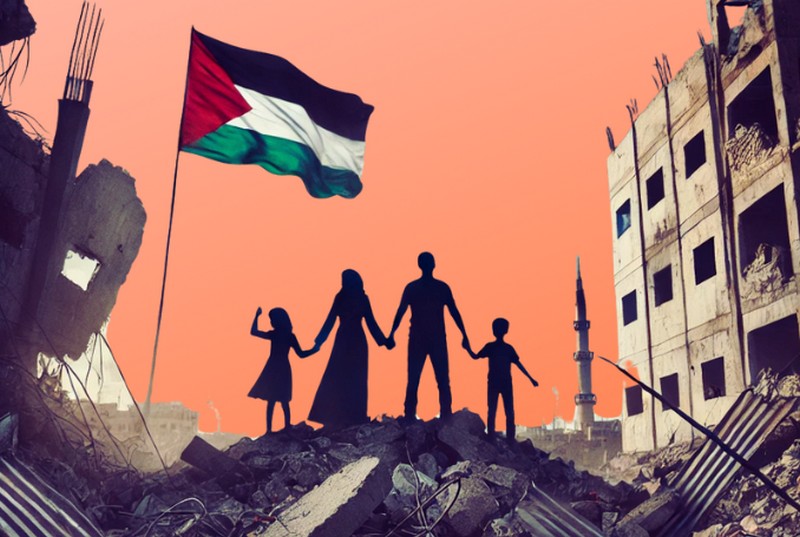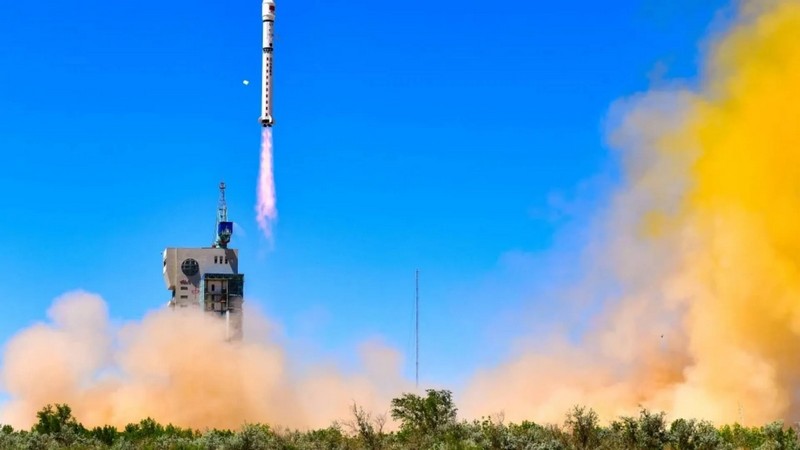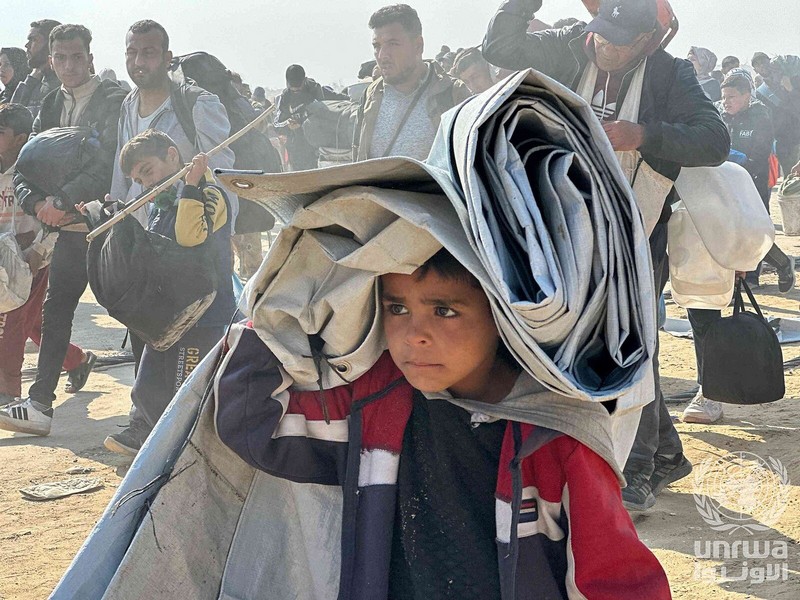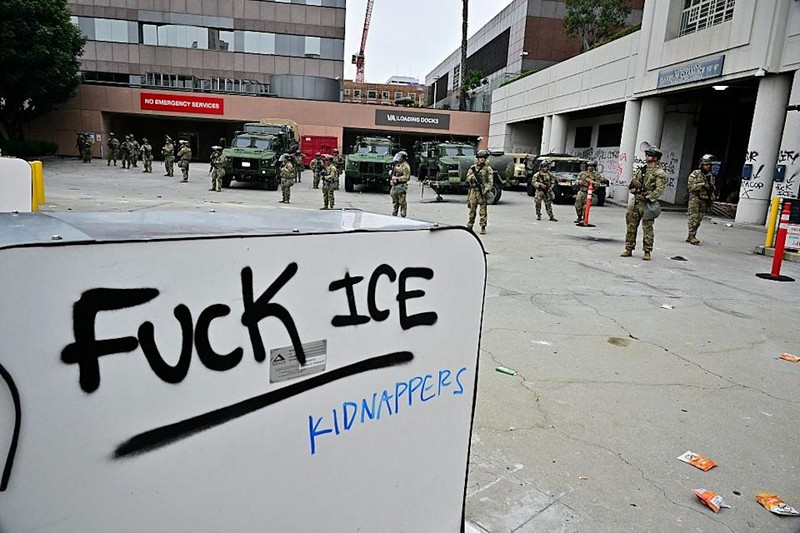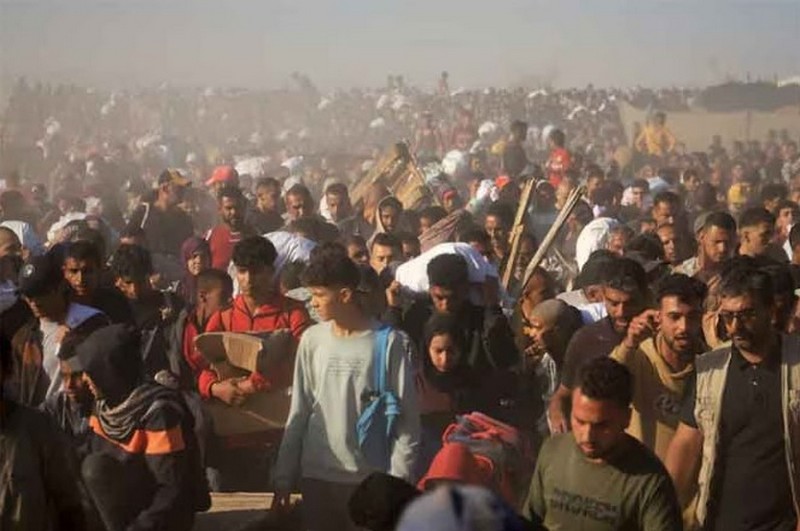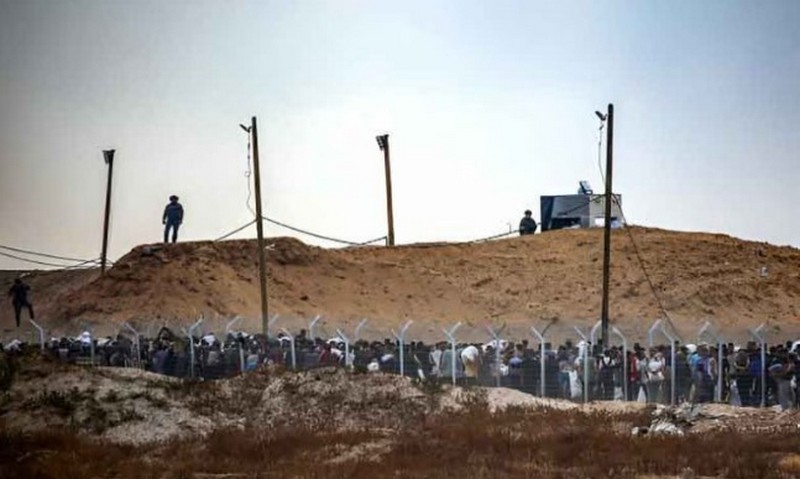By Ilan Pappé
I still believe that this ruthlessness and unprecedented cruelty is a manifestation that we are at the end of the worst chapter in the modern history of Palestine.
If people want to know what Trump’s latest insane and hallucinating discourse on Gaza produced in Israel, all they need to do is learn Hebrew or ask someone who knows Hebrew to translate for them the discourse in Israeli politics and media.
“Of course, nobody wants the cruel people of Gaza, and I am not talking about Hamas, but the whole people of Gaza; this is why Jordan and Egypt reject the fantastic proposal by Trump,” explained the leading commentator on Arab affairs on Israel’s main channel during prime news time on February 6, 2025.
I wonder whether the Nazis even used such discourse about the Jews.
Every possible human, humane, and moral boundary has now been transcended in the public domain in Israel.
Everything is permissible when you talk about the Palestinians in general and the people of Gaza in particular. This is not talking about them as animals anymore—this is far worse.
They are depicted as the worst kind of humanity in the new discourse, which absolves Israel of any crime against them. The politicians talk like this, the main media legitimizes it, and the rabbis in the synagogues—institutions that are more populated by Israeli Jews than ever before—are preaching genocide of the Palestinians without shame or inhibition.
This is all in preparation for the next stages of the genocide. The lull in the genocide is not because the world has put an end to it. It stopped because Trump wanted the hostages to be released for his own self-image and then allow the Israelis to do what they want.
If we stopped building encampments, if we stopped seeing millions of people demonstrating for Palestine, we would be mistaken. This is not over. The insane nation of Israel now has in its midst more people and politicians who are willing to go the whole way in completing the genocide than those who are against it—if any at all.
I still believe that this ruthlessness and unprecedented cruelty is a manifestation that we are at the end of the worst chapter in the modern history of Palestine.
In fact, I am even more confident that, like in post-Nazi Germany, a larger number of Israeli Jews than I first hoped for will awaken and feel remorse and guilt for their silence in the face of the next phases in the elimination of Palestine as an idea, people and country.
But for the time being, this is a desperate call not to be dormant or complacent because of the ceasefire. Trump reignited all the dark forces in Israel with his planned—or whimsical, it does not matter—expunging of the people of Gaza and turning the land into an American Riviera bonanza.
[https://www.youtube.com/watch?v=9jM3_HP1aUE]
Yes, European governments, including the British one, condemned the idea, which is commendable. So they show some humanity after all. It is not enough, and they fail to see the wider implications not only of their present inaction but also of their complicity in the genocide since 7 October 2023.
It is the time of optical illusions. Leaders like the fanatic Naftali Bennett are now leading the polls in Israel, and yes, he might defeat Netanyahu, but he does not offer any more humane approach to the millions of Palestinians under Israeli rule, still regarded as a problem that can only be solved by destruction and elimination. Domestic Israeli politics have nothing to do with Israel’s consensual attitude and policies toward the Palestinians.
The mainstream Western press—not to mention Israel’s loyal allies, from the Jewish Chronicle, the mouthpiece of fanatic Israel in the UK, to Fox News in the US—are providing the international coverage that allows Israel to get away with this discourse and planning.
The 41 languages in which the BBC broadcasts are all speaking the same language: dehumanizing the Palestinians and providing immunity for Israel and its policies.
We still have to believe that, in the long run, as horrific as this unfolding scenario is, it is the prelude to a much better future. We also have to believe that this prelude can and should be shortened to a minimum.
I have no magic wand for such an urgent turn of events—but we are not alone, so let us put our minds and efforts beyond factionalism and disunity and find an even better way, on top of the amazing work we have done as a solidarity movement, to prevent the next phases in the elimination of Palestine as an idea, a people, and a country.
One thing is certain: Palestinian resistance and resilience are still the best guarantees that these demonic plans will not fully materialize. But the price could be very high and may be avoided.
This is a moment where we are desperate for Palestinian leadership and orientation, and it is not there yet. But there are hopeful manifestations of unity, as our editor Ramzy Baroud has recently described for us. It is not sufficient, but it builds hope for the near future.
There is still time to wake up the Global North—if not its rulers, then its more conscientious politicians; if not the mainstream media, then the alternative ones. We have the right to demand much more from the Global South, encouraged by the example of Colombia, and ask: Where are Malaysia and Indonesia? Where is Pakistan?
This is about global justice as much as it is about Palestine, and this is also about decolonizing the world at large, not just Palestine, so that global unity can jointly face the formidable challenges that can only be encountered together—from global warming to world poverty and life-seeking movements of millions of people from north to south.
This is the only way to defeat populism, fascism, and racism, of which so many of us—and in particular, the Palestinians—are still victims to this very day.
(The Palestine Chronicle)
Ilan Pappé is a professor at the University of Exeter. He was formerly a senior lecturer in political science at the University of Haifa.
7 February 2025
Source: palestinechronicle.com

